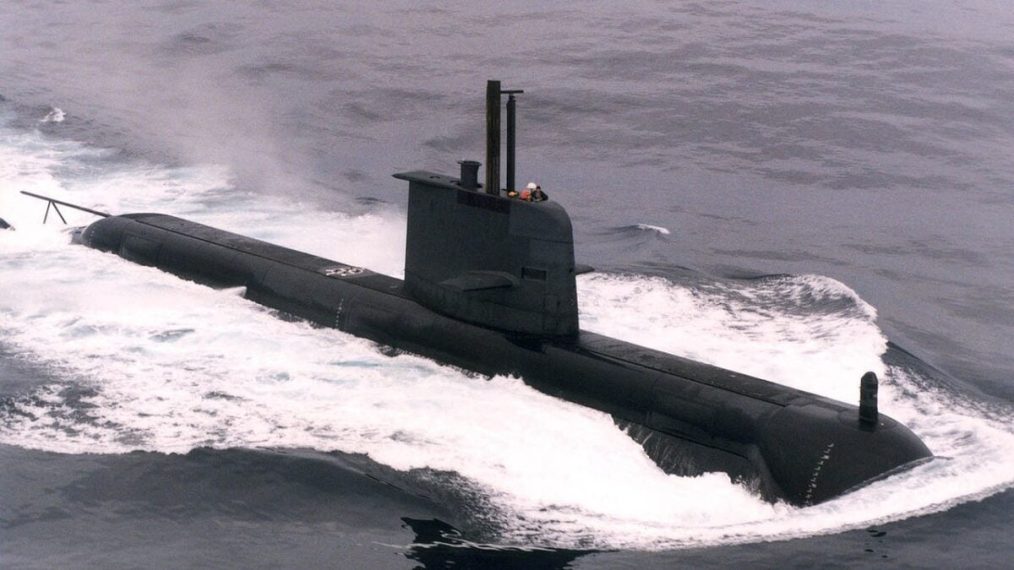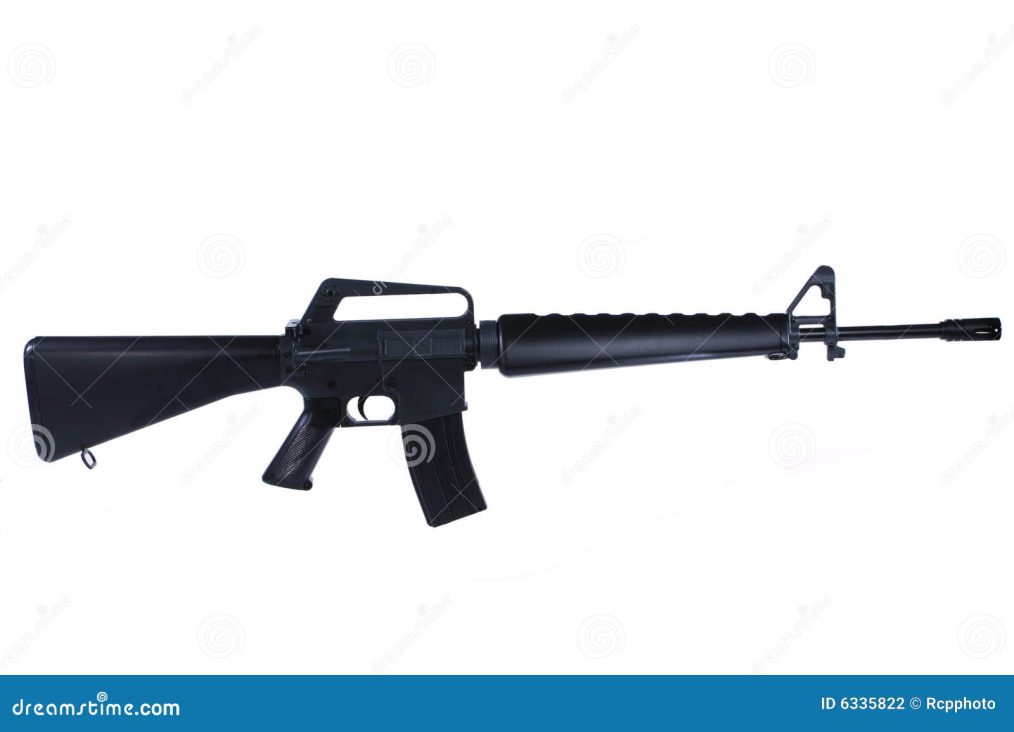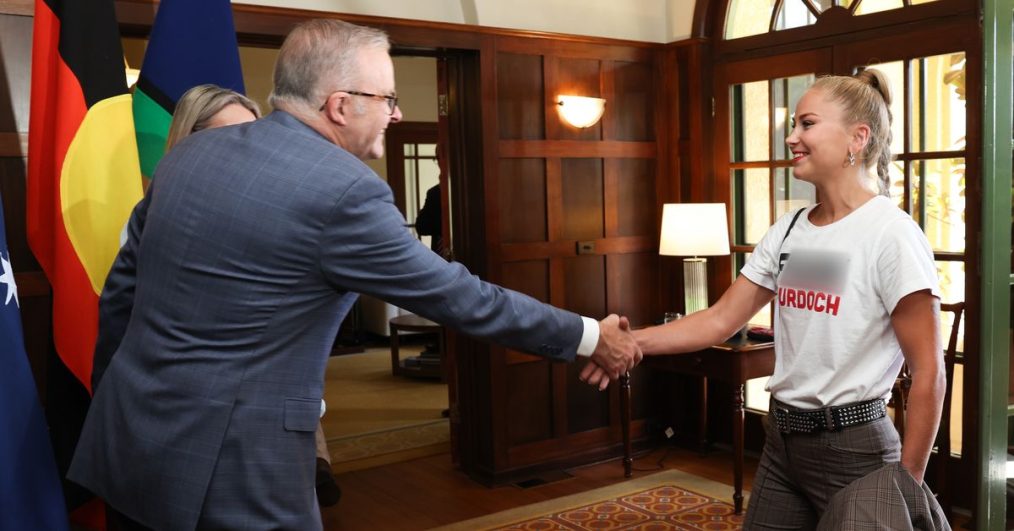SeaWatch Blog
Australia is undertaking a major modernisation of its six Collins-class diesel-electric submarines, extending their service life into the 2030s. This $4-$5 billion project aims to maintain a credible undersea deterrent while awaiting the arrival of nuclear-powered submarines under the AUKUS agreement. The upgrades will enhance Australia’s ability to patrol its vast maritime domain, secure vital trade routes, and counter China’s growing naval presence.
The Australian government is increasingly concerned about rising geopolitical tensions, particularly China’s assertive military expansion. In May 2023, a Chinese J-10 fighter jet fired flares at an Australian naval helicopter enforcing North Korea sanctions over the Yellow Sea. This provocation underscored the importance of a strong defence strategy. Submarines are a key element in this approach, providing a stealthy and effective means of deterrence.
The Collins-class submarines, widely regarded as among the best diesel-electric boats in the world, are undergoing a life-of-type extension (LOTE) at Osborne shipyard in South Australia. This upgrade is critical to ensuring Australia maintains an effective undersea capability until nuclear-powered vessels arrive under AUKUS. The investment highlights the government’s commitment to defence and securing maritime trade routes, which are essential for the nation’s resource-driven economy.
Originally designed in the 1980s to replace the aging Oberon-class, the Collins-class submarines were developed with long-range capabilities to suit Australia’s geographic isolation. First delivered between 1996 and 2003, they became the country’s first indigenously built submarines, drawing inspiration from Sweden’s Type 471 design. Their primary roles include attacking enemy ships, countering hostile submarines, and gathering intelligence.
Each Collins-class submarine measures 255 feet in length, displaces 3,000 tons, and operates with a quiet diesel-electric propulsion system. They require a crew of 42 and are armed with MK 48 heavyweight torpedoes and Harpoon anti-ship missiles. The six boats—HMAS Collins, Farncomb, Waller, Dechaineux, Sheean, and Rankin—form the backbone of Australia’s current submarine force.
As Australia navigates an increasingly volatile security environment, modernising the Collins-class fleet ensures continued operational capability. These submarines will serve as a critical stopgap until nuclear-powered vessels are commissioned. The government’s proactive approach reflects its awareness that regional tensions are escalating, making a strong naval force essential for national security and economic stability.
The Collins-class upgrades will also sustain Australia’s defence industry, preserving technical expertise and jobs. With the AUKUS agreement set to deliver nuclear-powered submarines in the coming years, maintaining a robust submarine force in the interim is vital. Australia’s maritime security strategy underscores the necessity of deterrence, ensuring the nation is prepared for future challenges in an increasingly contested Indo-Pacific region.











